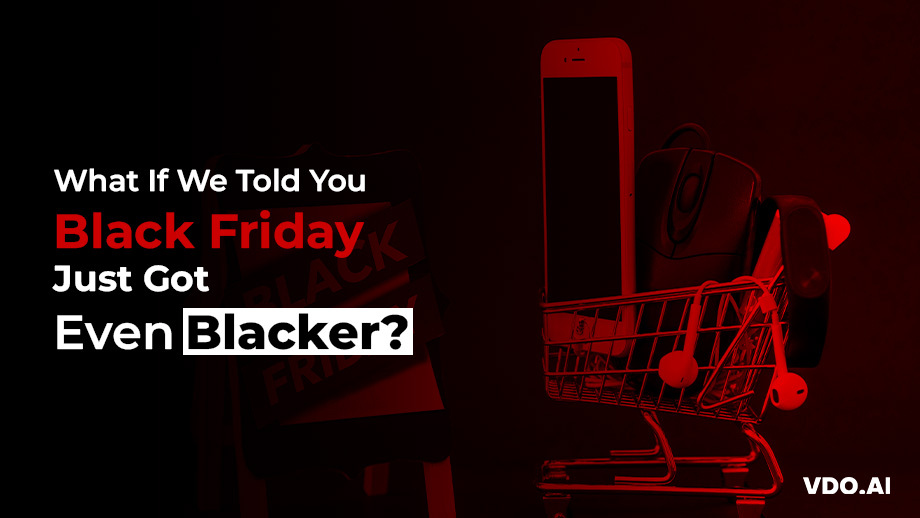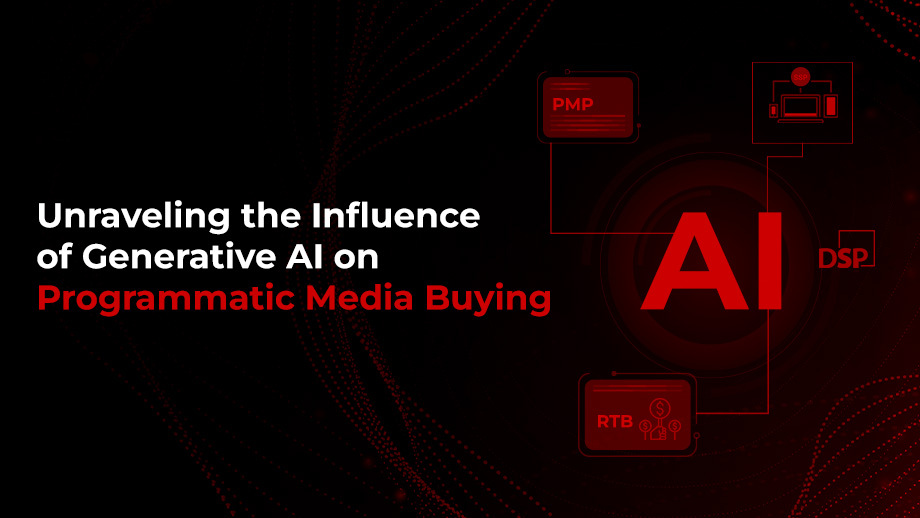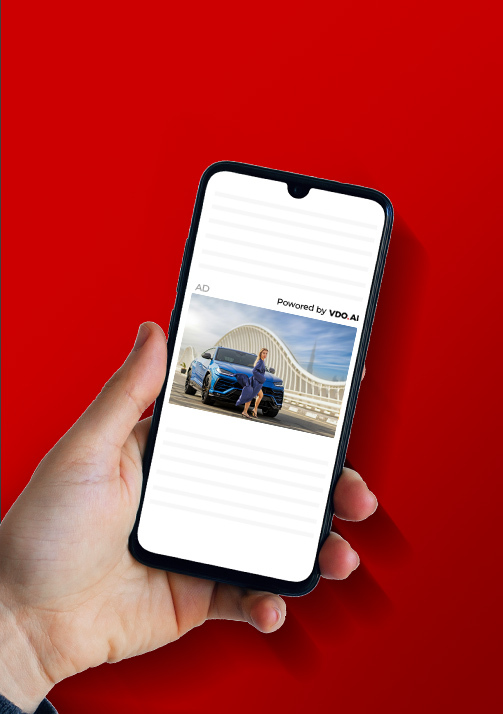Zero-Party Data: Meaning, Importance and Usage Tips
Reading Time: 5 minutes“Everyone has three lives: a public life, a private life and a secret life.”
― Gabriel García Marquez
These words of wisdom from Gabriel have stood the test of time.
In today’s era, privacy predominantly has an integral role to play whether it’s your social or business advents. Speaking for the latter, though considered vital, confidentiality also has entangled and made it cumbersome for marketers to construct and preserve trusted bonds with their customers.
From the time Google announced that it is going to rule out third-party cookies, the ad tech industry has been actively seeking other possible solutions.
If the user is vigilant about how their data is being used, they can also be willing to share valuable and pertinent information themselves. This is what gave rise to zero-party data in the ad tech industry.
If you have ever been in a marketing trap you must have surely eavesdropped on this word, “Zero-Party Data” but if you are still clueless about this trend and how it can help you, then this article will surely help you decode.
What is Zero-Party Data and How It Is Different from Other Data?
Most of the publishers conventionally utilizes three types of data viz. first-party data, second-party data and third party data. First, let’s essentially understand these three types of data to conceptualize the need or significance of Zero-Party Data.
First-Party Data in simplest terms is the self acquired data. This type belongs primarily to the company wherein the company directly interfaces all the data of their customers.
- Pros: Cost friendly since no outside agency is involved in collecting data as well data quality of content and consent of same is verified which makes it CCPA and GDPR compliant
- Cons: Limitation of content is a major concern which is primarily due to user hesitation in sharing information or poor brand popularity or even a meek collection process strategy.
Second-Party Data as the name suggests is the data received from a second resource which can be a trusted outsource agency. It’s simply the first-party data acquired from another company which the other companies purchase and utilize.
- Pros: An additional data from a trusted partner not only broadens the content qualitatively but even quantitatively within a stipulated duration. GDPR compliance can be verified by tracking how the source data are collected
- Cons: The most obvious drawback is trust and confidentiality. You need to completely verify if your data provider has the user consent before the transmission of information.
Third Party Data is the data collected from myriad of sources and are then conglomerated to a single database unit which are readily sold.
- Pros: With a large data setup it is possible to target a specific and large audience. It also enables to amplify the brand presence in the market.
- Cons: Since there is no connection between company and user information hence the reliability of information is not traceable.
This type of data is more often inferred data from the user browsing history and internet behaviour.
Zero-Party Data is the data that the user proactively and with his own consent wishes to share with the company. This may include personal information like email address, date of birth etc. In this kind of data the user responds or shares data with a reward expectation or on personal interests.
Interestingly, we all may have often been a resource to ZPD but not aware of this terminology then, for e.g. a visit to a restaurant or gourmet app often leads to the following questionnaire:
- How often would you like to visit us?
- To how many people would you like to recommend us?
- Your phone number
- Pros: Direct audience engagement amplifies brand image and reliability.
- Cons: ZPD is user information granted to share for value exchange or with an intentional purpose. ZPD is never to be sold without consent. However it should be noted in certain circumstances this attribution of ZPD is not necessarily a drawback but instead can be a table turner, favorable. For eg: the company is assured there’s no chance for duplication of contents.
With personalization gaining maximum traction in the programmatic advertising ecosystem, zero-party data can be a wonderful source. Publishers and advertisers can then see how their users actually want to engage with them and hence, can effectively cater to their content needs. With this, publishers can maximize monetization efforts on their websites in a much better way by leveraging zero-party database.
Is Zero-Party Data Similar to First-Party Data?
No.
The only similarity between ZPD and FPD is that they both involve a direct relationship with the audience.
However, the key takeaway in FPD is that the data is directly collected by the company whereas in ZPD the company offers specific questions to the audience to retrieve data which is original and reliable rather than just inferred data. In ZPD the audience has more control over the type of data to be shared with an interest of recognition or in exchange for rewards. This makes ZPD invariably more engaging and reliable in Customer-Company bonding. You can own FPD but not ZPD – which is useful information proactively shared in exchange for personal interests. ZPD is never to be sold without consent.
How Do Publishers Optimize Zero-Party Knowledge for Their Benefits?
A publisher needs higher user engagement to effectively monetize their websites. If the user is not wanting to engage with the content and ads, all efforts are wasted. For the website to be high on engagement and traffic, the publishers need to provide the users with highly personalized content without invading their privacy. Zero-party data can be leveraged to offer these services to the user.
The publishers need to strategize and come up with effective solutions to scale up the zero-party data. Some simple yet effective strategies to achieve this are:
- Organizing interesting quizzes, social story or poll to attract huge participants
- Data collection with registration
- Requesting for feedback and experience or story sharing in exchange for recognition or rewards
- Creating online surveys
- Building customers trust through loyalty and transparency
Publishers can leverage data management platforms for segmenting their audiences. Another thing that VDO.AI recommends is to use zero-party data and first-party data together. This will allow the publishers to create data centric user profiles that are highly accurate and relevant.
What is The Ideal Strategy?
Publishers must have understood the positive implications that the zero-party data present onto the plate. However, there are few things that the publishers should take into consideration while using zero-party data:
- Always be transparent about why you are collecting user data and how you are going to use it.
- Provide the users an easy way to change or alter their data whenever required. This will be beneficial for both the user and the publisher since they will have the latest user data.
Though it’s inevitable to completely dissolve the first-party data and second-party data, it’s always a smarter move to opt for zero-party data than third party data as it proves to be more reliable and updated.
Conclusion
AdTech keeps on updating itself for creating healthy competition with Google. After a few permutations and combinations, publishers can identify which Ad Network yields the optimum revenue. To ensure maximum benefits from your website, we would suggest you to register your details here to schedule a free 20 minutes demo with the VDO.AI team of experts.
Be a part of our extended family and receive product updates, company news and other promotional updates by clicking Subscribe




